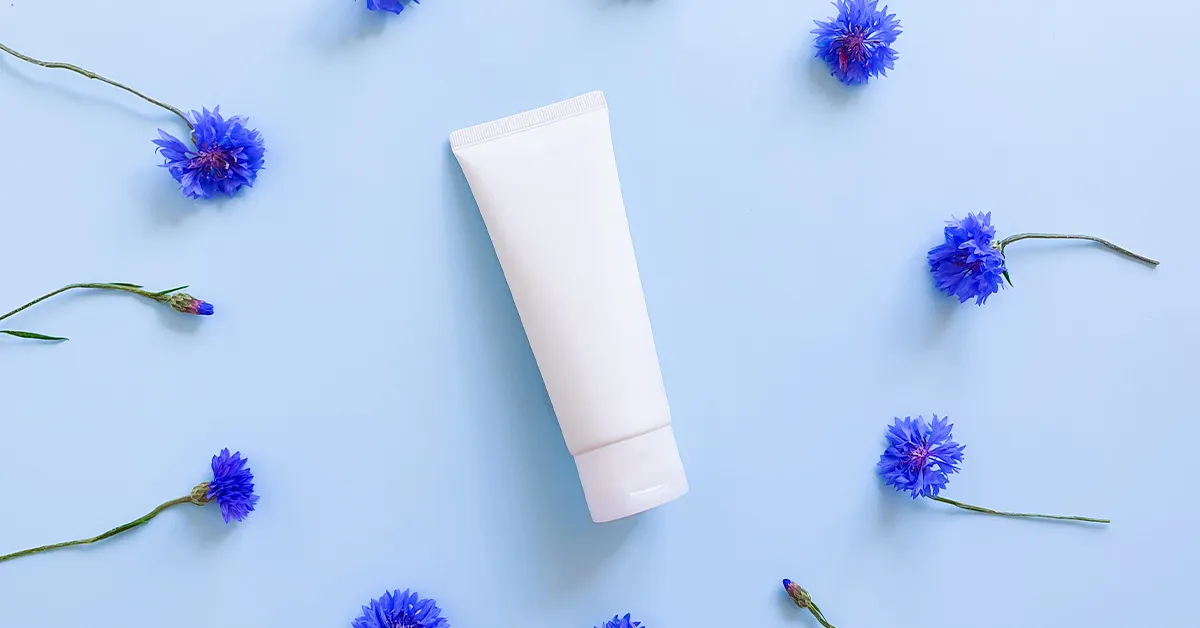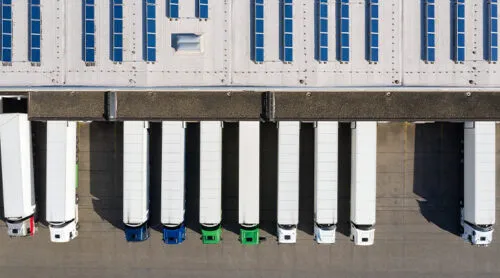
Accelerated by a historic mix of inflation and supply chain shortages, consumers across the US have turned to private label products to relieve pricing pressure on various household staples. From food to personal care to cosmetics, private label market share is on the rise in the US – and the ceiling appears high.
What is Private Label? – A Definition
Private label products are produced by a third-party manufacturer and sold under a retailer’s branding. The retailer controls every aspect of the product, including recipe, design and ingredients, but the third-party manufacturer handles production, packaging and, in some cases, distribution.
Most retail product categories include traditional brands (think Kellogg’s) and private-label brands (think Costco’s Kirkland brand). Some of the most common product lines include:
- Food & beverage – Store-owned finished foods like crackers, sauces and cereal
- Personal care and cosmetics – Shampoos, deodorants and hygiene products
- Pet food – Includes cat, dog and other forms of retail animal nutrition
There’s a good chance you’ve noticed more of these types of brands and even changed your purchasing habits – and you wouldn’t be alone.
The Fight for the Grocery Store Shelf
Private labeling is present in most markets but is most visible in supermarkets. Traditional brands have dominated shelf space for decades, but private label brands have captured market share incrementally for several years. That shift was accelerated during the pandemic-fueled retail shortages that spiked in 2021 and lingered into the following year.
Private label product sales increased by 10.7% from June 2021 through June 2022, nearly three times the 3.8% growth rate of the previous year.
Private label brands accounted for roughly 17% of grocery sales in 2021. That’s less than one-fifth of the total market value, but their impact may exceed the dollar value. Another important measure of growth is household penetration, or an estimate of how many consumers purchase any specific brand item. By this measure, there are clear private-label winners:
- Grand Value: 72.7%
- Equate: 51%
- Marketside: 44.2%
What do these brands have in common? They’re all owned by Walmart.
The Overseas Benchmark
Many retailers use Europe as the benchmark in private labeling success. Private label market share in Europe averages 30.3%, a 0.2% increase from 2020 to 2021. Based on some industry projections, the US could meet the 30% threshold as soon as 2030.
All-In on Private Label Brands
Certain retailers have prioritized private label brands as the primary representation on store shelves. These smaller companies have more to gain by increasing private label sales and have invested millions in increasing production, researching and developing new products and changing consumer habits. Private label products generate more than 77% of Aldi’s revenue. Trader Joe’s revenue is nearly 60% private label, with Wegmans (49.4%) and Costco (33.5%) not far behind. The advantages of private labeling have positioned these retailers as industry leaders and helped to shift brand loyalties.
How Does Private Labeling Work?
For retailers looking for an additional sales channel, private label offers several advantages – and some drawbacks. Some of the benefits of private labeling are derived from the basic mechanics of third-party production, but so are some disadvantages.
Advantages of Private Label Products
- Agility – Instead of relying entirely on suppliers, retailers can accelerate production by delegating new product lines or line extensions to third-party manufacturers. This can improve resilience to material shortages and quickly accelerate the speed to market of a viable product.
- Pricing – When products are made-to-order and designed to spec, brands can better control pricing at every step of the supply chain. This leads to increased margins and can also help reduce pricing volatility.
- Customer loyalty – Private labeling allows retailers to invest in a brand and capture customer loyalty in the same ways traditional brands have for years. Quality products enjoyed at home increase sales and encourage consumers to rely on the retailer for additional products.
Disadvantages of Private Label Products
- Brand recognition – Traditional brands have decades of marketing and consumer loyalty that can make it difficult for young brands to compete. There’s an exposure element, too; consumers can usually purchase traditional brands in any marketplace, making buying a 6-pack of Coke more accessible than locating a private label brand across town.
- Volume – It can take years to increase sales volume, especially in retail grocery, life science and similar markets. Private labeling is a long-term investment for many brands, not a quick fix for lingering supply chain challenges.
Start the Private Label Conversation Today
With more than six decades of experience, Tilley Distribution offers private labeling services for several verticals, including food and beverage. Our dedicated team combines the technical expertise and distribution network to help retailers go to market quickly and meet changing demands. Let’s get started; speak with a Tilley representative today.
